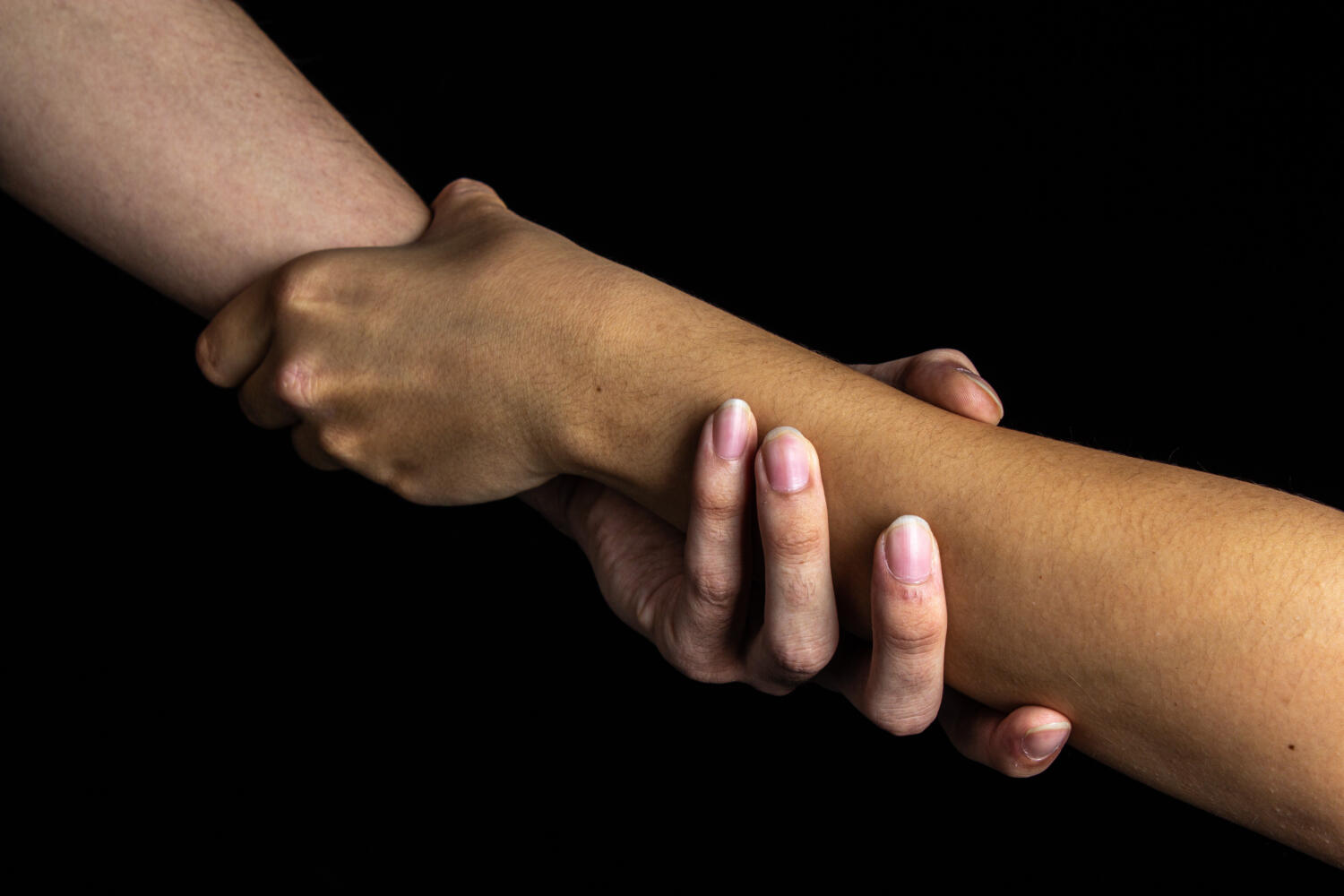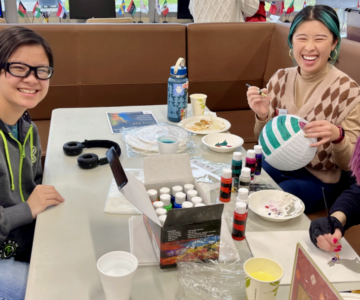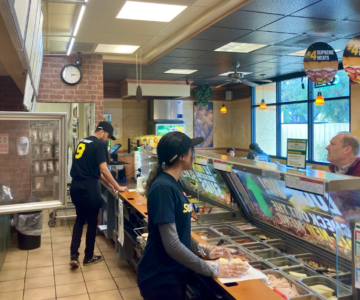As summer ends, kids start to dread going back to school while parents go back to their usual schedule of waking up, dropping their kids off and then going to work. For many, there’s not much to look forward to during the months of August and September. That is, until the beginning of October comes around each year.
Common things start to pop up in stores. Things such as candy, decorations, pumpkins, and the most common — costumes. This sparks up that feeling of excitement in kids once again as they realize it’s Halloween.
For kids, this realization begs the question, “who will I be for one night of the year?” as they rely on their parents to help obtain said costume. For parents, it’s the realization that money needs to be spent in order to get through this holiday. In fact, in 2021, 10.1 billion dollars was spent on Halloween, topping the expenditure from 2005-2019.
What both fail to realize is the one question that needs to be asked. “What is appropriate to wear as a costume for one night of the year?”
Defining the Difference
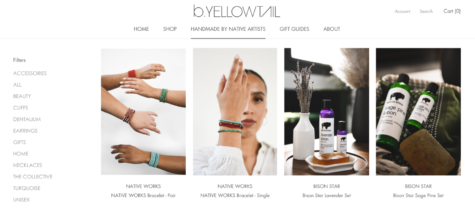
Cultural appreciation: when someone seeks to understand and learn about another culture in an effort to broaden their perspective and connect with others cross-culturally.
Sierra College’s Native American and Pacific Islander Club is advised by Dr. Melissa Leal who is also the Tribal Liaison at Sierra College. This club is just one of three active cultural clubs on campus. Their mission is to promote and advocate greater awareness and presence of Native Americans and Pacific Islanders at Sierra College. Dr. Leal gives an example of cultural appreciation through the way B. Yellowtail Collective creates and sells their art.
“When a person buys a fashion item, for example, from a Native American designer, they are being given permission to wear that item. They are also being given a story about the design and where it came from… Check out the B.Yellowtail Collective. This is appreciation,” Leal said.
Vanessa Tejeda, president of another cultural club on campus, the Puente Club, adds onto this by explaining when she thinks it’s okay to wear cultural attire when you’re not a part of the culture.
“I think there are certain times to wear them where it’s ok. Like dances, celebrations, any event that comes with respect,” Tejeda said.
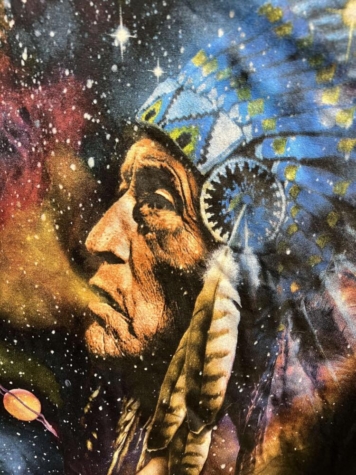
Cultural appropriation: the adoption, usually without acknowledgment, of cultural identity markers from subcultures or minority communities into mainstream culture by people with a relatively privileged status.
“When a person wears a headdress to a music festival, they are practicing cultural appropriation because they are taking all religious/cultural meaning away from that object and commodifying it for their partying needs. Regalia That is used for special or ceremonial purposes should never be worn ‘for fun’ or ‘to party’,” Leal said.
For many, this may be difficult to take in since it is widely accessible at any costume shop in an area. However, a great way to think of this is by looking at restricted items according to U.S. culture. Achievements such as Bachelor’s Degrees and military medals are not to be worn by just anyone. They are accomplishments specific to people that earned them. It’s the same idea for Native American culture.
“There are certain tribal items or attire that are restricted to men or women or for people who may have accomplished something and therefore can’t be worn by just anybody – even if they are Native American,” Leal said.
Blackface

After the U.S. Civil War, white performers would often play as African American characters in a degrading and dehumanizing way. This has been known as blackface.
Although many might argue that this is something of the past, there are many incidents of blackface being used in today’s era. One incident took place in Brevard County, Florida in which a firefighter, Jake Johnson, used blackface as his costume for a Halloween party which was posted on social media. The caption of the photo referred to Johnson as Denzel Washington.
This is just one of many stories where people dress up in this way without giving it a second thought. It also shows that it’s not just the kids who need to think about this issue, but also the adults.
“[53%] of Americans think it is generally unacceptable for a white person to use makeup to darken their skin to appear to be a different race as part of a Halloween costume, including 37% who say this is never acceptable,” in a study done in 2019 by Pew Research Center.
AAPI
Like blackface, yellow face is often used as a costume. One costume-like trend that went on in mid-2020 was called the fox-eye trend. This was where non-AAPI would post tutorials of how to apply make-up in order to make their eyes appear more slanted. Some people went as far as getting plastic surgery to get their eyes to stay permanently since it is considered the standard of beauty while people of the AAPI community are forced to revisit their childhood trauma.
“When I was younger, kids in school would come up to me and pull at the corners of their eyes to mimic mine. Now, people are doing it because it’s trendy, but Asians are still made fun of for it,” Sierra College student, Jayden Ohara said.
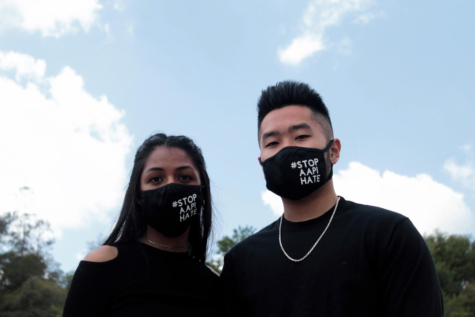
Although Asian American Pacific Islanders have faced increased assault, verbal abuse, and hate crimes during the Covid-19 pandemic, their features are often still used as costume portrayals. The rise in anti-asian content rose tremendously after the repetition of leaders using “Chinese Virus” instead of “Covid-19.”
“A study indicated a difference in anti-Asian sentiment when using neutral hashtags such as #COVID-19 versus racist hashtags like #Chinesevirus — 20% of the hashtags associated with #COVID-19 demonstrated anti-Asian sentiment, compared to 50% of hashtags with #Chinesevirus,” Dr. Mishal Reja, ABC News author said.
It’s important to note the separation of costume from culture.
Harmful Stereotypes
Stereotypes: a widely held but fixed and oversimplified image or idea of a particular type of person or thing.
Those who don’t belong to certain cultures can easily find categories to stick other cultures into. These are often depicted through stereotypes which are harmful because of the assumptions that don’t apply to the culture as a whole. These harmful stereotypes often reach their peak on Halloween.
Some examples of cultural stereotypes are shown through Mexican culture. This is often seen through sombreros, handlebar mustaches, mariachi and ranchera-styled clothing. This is often offensive and harmful because it is sticking one’s culture into a single bubble of stereotypes that may not be true. There’s always more than what is seen from an outside perspective. Vanessa Tejeda, president of the Puente Club, shares her thoughts on the stereotype of Mexican culture.
“I think the stereotype for Mexicans that comes to mind that I don’t like is that most people think that men are landscapers and females are housekeepers,” Tejeda said.
However, although this is how her culture is stereotyped, Tejeda explains that she likes that other people see the Mexican culture filled with hard workers, just not that they’re subject to only those roles.
“There’s a lot of things that I think represent me and my culture. I think the biggest thing that represents my culture is the language — Spanish,” Tejeda said.
This is something special to Tejeda. Someone wearing a costume isn’t able to answer this question as smoothly as her. Everyone has their own say in what they think represents their culture, but this can only come out when in conversation with someone that has a specific cultural background.
What to do next
“This again?
“It’s just a costume.”
“Are you really going to get offended?”
“It’s not a big deal.”
If these are phrases that you catch yourself saying, recognize the signs of cultural appropriation and learn from it. Be sure to apologize and ask for clarification or call in a friend to explain why your actions can be harmful.
Reading about cultures is a great way to educate yourself on the beauty of different cultures as well. Taking specific classes on culture is also great when wanting to expand your knowledge. At Sierra College, there are academic programs dedicated to People, Culture, and Society for a more in-depth learning experience. Lastly, there’s always a chance to learn about other cultures by becoming involved with them. There are ways to do this through different clubs at Sierra College where any student can join, no matter their background.
Know that these cultures are still very much alive today. Wearing their culture as a costume is highly offensive to most and may cause unintended harm.
Leal said, “[People] often say [dressing up] is honoring us, but who defines what honors us?”
Research goes a long way in situations that can be a gray area for some people, such as Halloween. You can appreciate without appropriating. Culture is not a costume.

